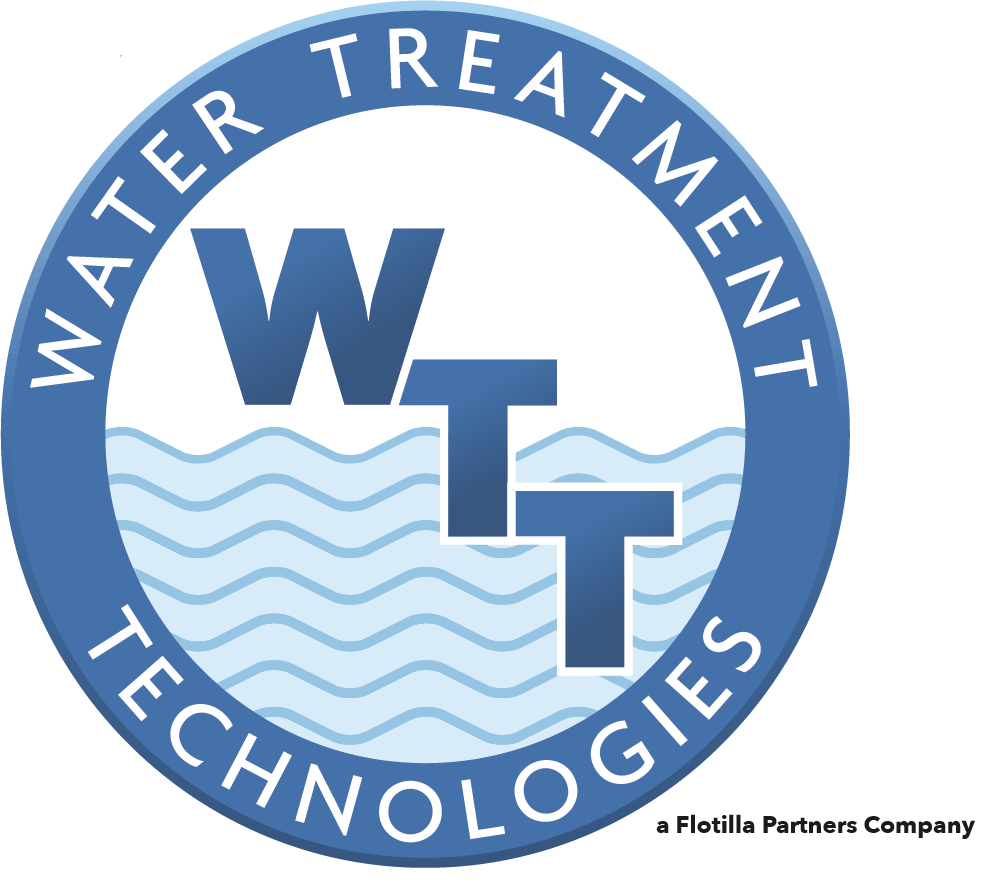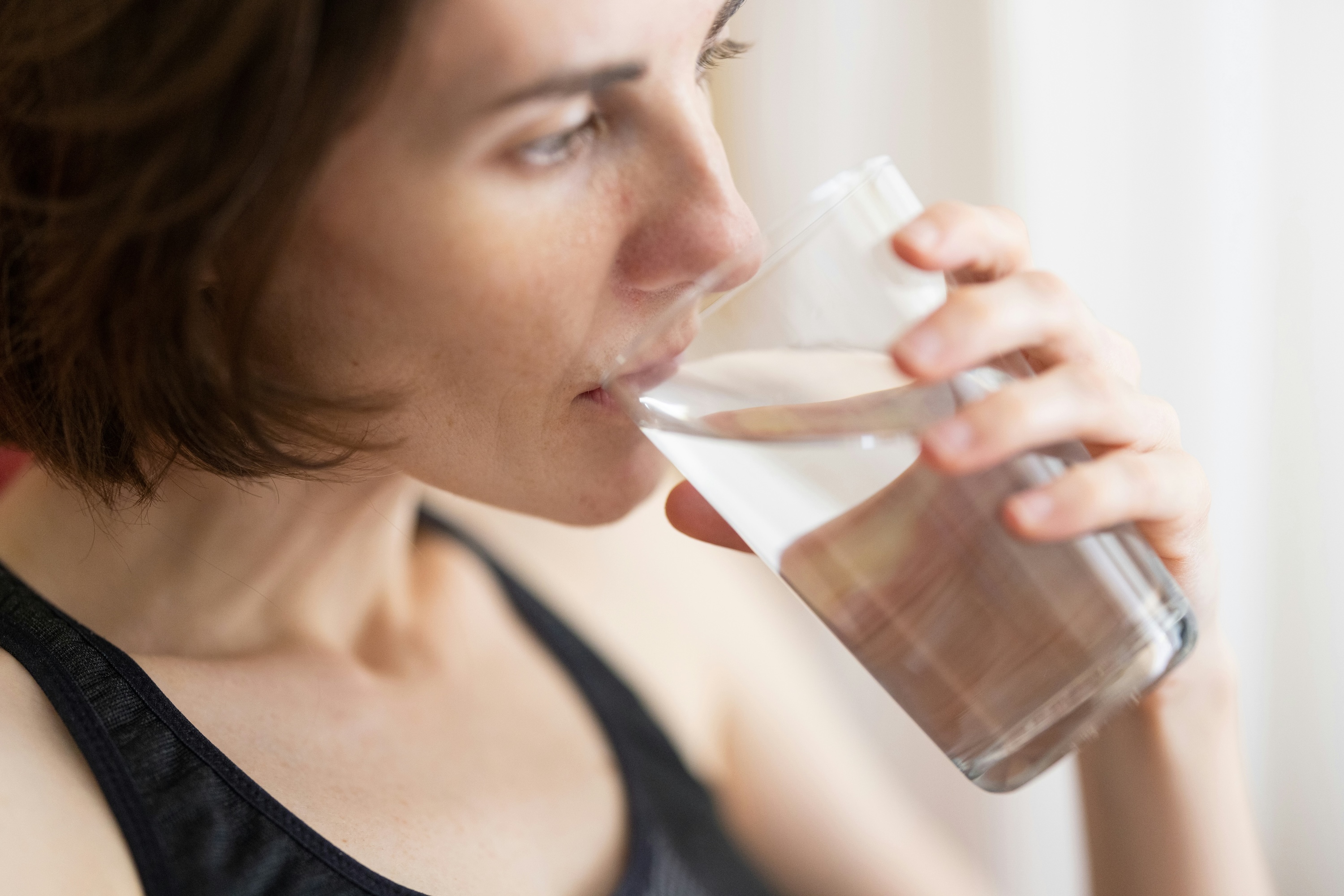Microplastics are tiny plastic particles — typically defined as being less than 5 millimeters in length — that have become a growing environmental concern.
But what are microplastics, and why might they end up in our drinking water? Understanding the sources, potential risks, and how to remove these particles is crucial for ensuring safe, clean water in our homes.
How Do Microplastics Get in Our Drinking Water?
Microplastics originate from a wide range of plastic materials. They can be the result of larger plastic items breaking down over time or be intentionally manufactured as microbeads for use in personal care products.
According to the World Health Organization (WHO), these particles can come from degraded plastic waste, industrial discharges, and even atmospheric deposition.
The NOAA further explains that microplastics often result from the fragmentation of larger plastic debris or from microbeads found in everyday consumer products. They are not only present in our oceans and rivers but can also infiltrate municipal and well water systems, making their way into our taps.
Moreover, EPA research highlights that microplastics encompass a broad range of sizes — from those comparable to a pencil eraser down to particles so small they are invisible to the naked eye. This variability, combined with the numerous entry pathways (like surface runoff, wastewater effluent, and industrial processes), makes tracking and removing these contaminants a significant challenge.
Potential Health & Environmental Concerns
While research is still evolving, concerns about microplastics in water primarily focus on three areas: the physical presence of the particles, the chemicals they might carry, and the potential for microbial contamination.
The EPA’s work indicates that advanced water treatment processes can remove many of these particles. However, the smallest particles — nanoplastics—remain harder to capture and study.
A Harvard Medical School article underscores that microplastics are pervasive, having been detected not just in water but also in air, food, and even human tissue.
Although current evidence suggests that the levels of microplastics in treated drinking water are low and that the health risks remain minimal compared to other contaminants, the cumulative effects of long-term exposure are still under investigation.
Removing Microplastics from Your Water
Fortunately, modern water treatment technologies are up to the task of reducing microplastics in drinking water. Advanced filtration systems—such as reverse osmosis and ultrafiltration — are highly effective at capturing particles, even those smaller than one micron.
These systems often include multiple stages of treatment designed to target a wide spectrum of contaminants, ensuring that your water not only tastes great but is also safe for daily consumption.
If you’re wondering how to get rid of microplastics from your water, scheduling a free water test is a practical first step. By understanding the specific composition of your water, you can determine which treatment solution is best suited to remove contaminants, including microplastics.
A Step Toward Cleaner, Safer Water
For nearly two decades, Water Treatment Technologies has been dedicated to providing Florida homeowners with high-quality drinking water — one glass at a time.
By embracing advanced treatment systems, you can reduce unwanted microplastics and ensure that every drop of water is as clean and refreshing as nature intended.
To explore effective water treatment solutions, including our comprehensive reverse osmosis systems and city water solutions, start with a free water test. Every step you take toward cleaner water helps protect your health and the environment — because every drop counts.

